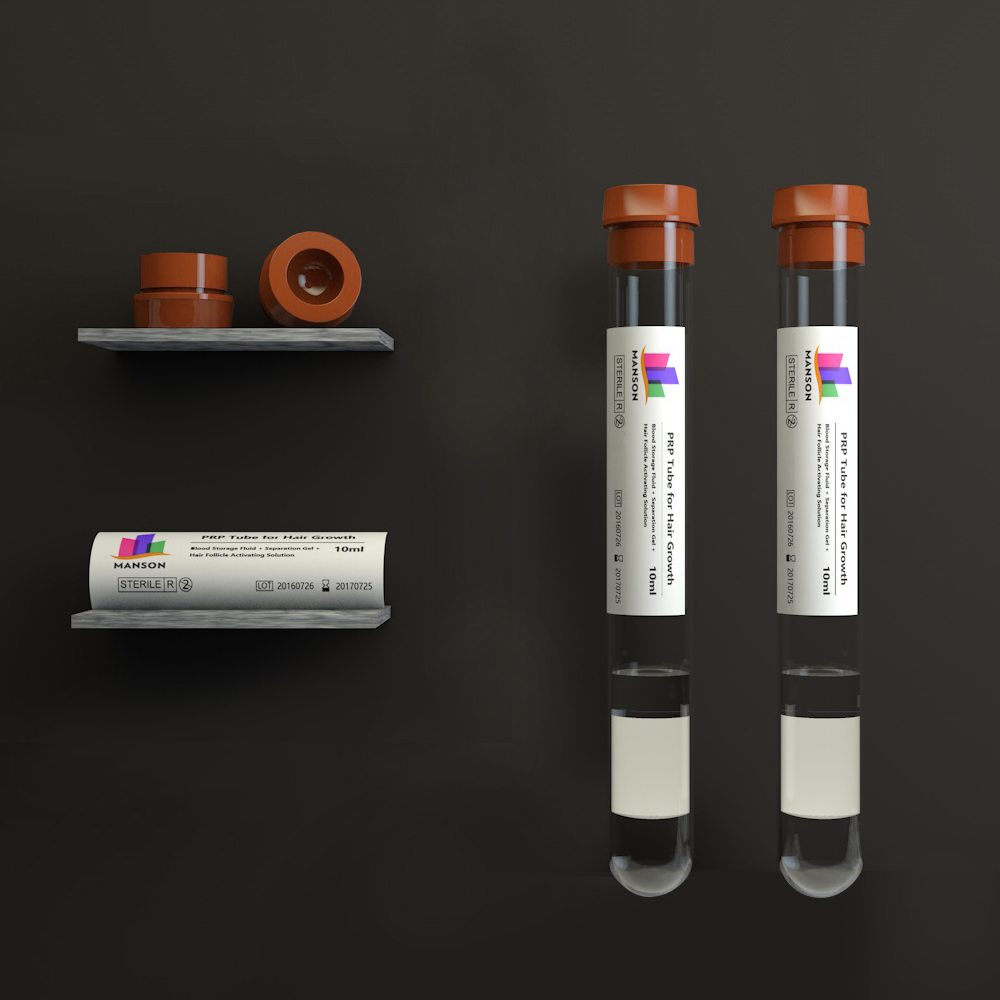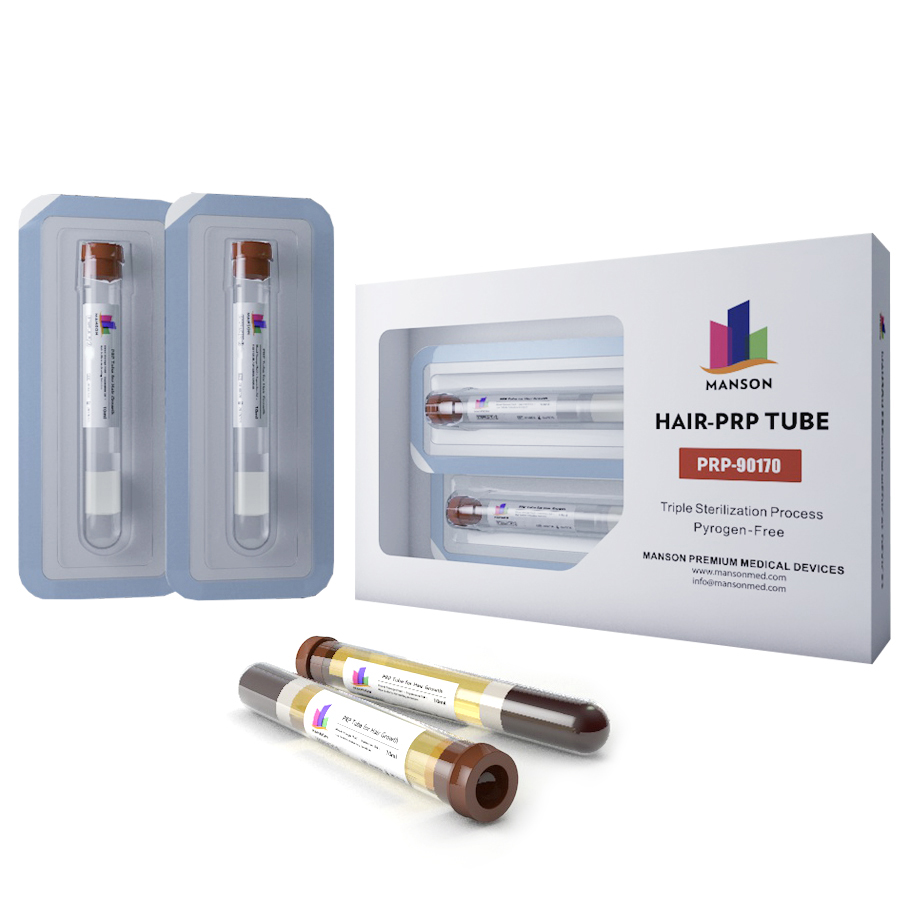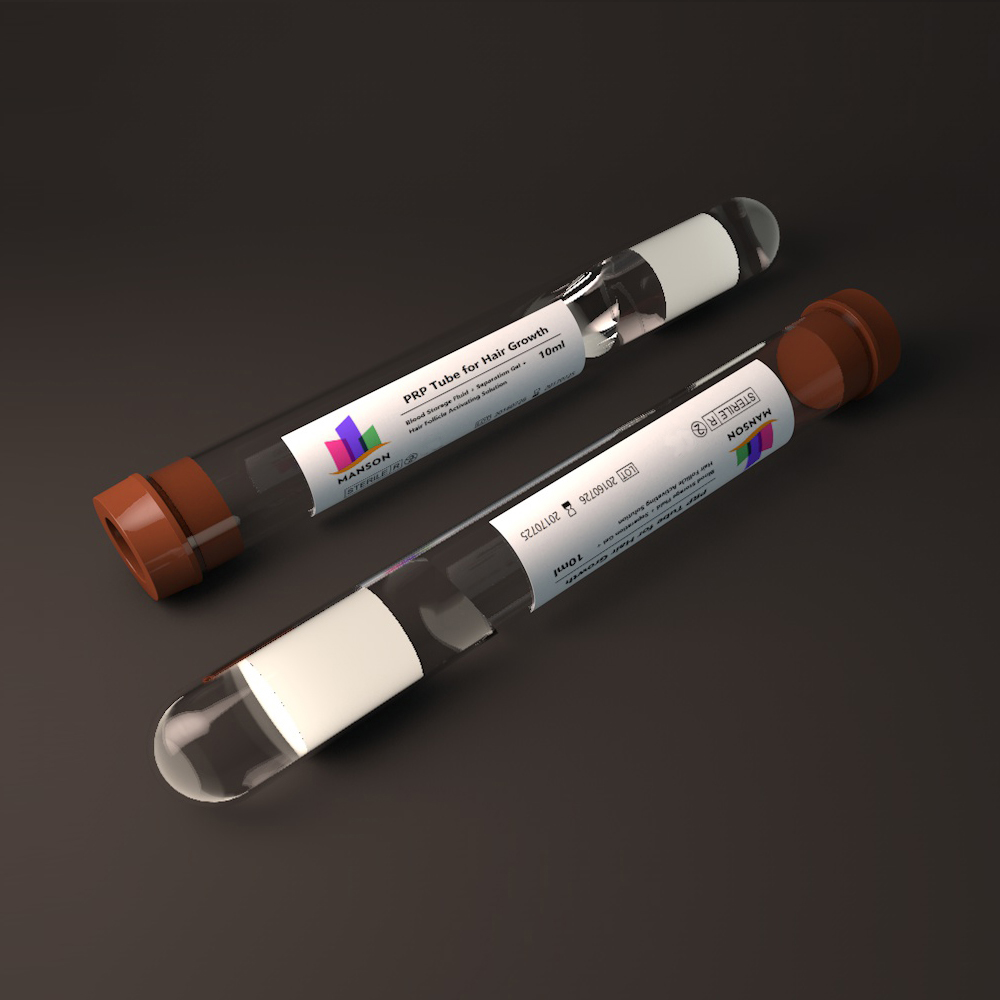Hair PRP Tube: The Ultimate Guide to Revolutionizing Hair Regrowth
Hair loss affects millions globally, driving demand for innovative, non-surgical solutions. Among these, Hair PRP (Platelet-Rich Plasma) Tubes have emerged as a groundbreaking tool in regenerative medicine. This article explores how PRP tubes work, their benefits, and why they are transforming hair restoration treatments.

What Are Hair PRP Tubes?
Hair PRP Tubes are specialized medical-grade containers designed to optimize the preparation of platelet-rich plasma for hair restoration. During PRP therapy, a patient’s blood is drawn, processed to concentrate platelets, and injected into the scalp to stimulate hair follicle regeneration. These tubes enhance the efficiency and safety of the procedure through:
Advanced Centrifugation: A gel separator and anticoagulants ensure high platelet concentration (4–6 times higher than normal blood) for maximum growth factor delivery.
Material Innovation: Borosilicate glass tubes (vs. plastic) improve platelet yield and reduce contamination risks.
Additive Enhancements: Some tubes include melatonin or biotin to boost hair growth outcomes.

How PRP Therapy Works for Hair Loss
PRP therapy leverages the body’s natural healing mechanisms:
Blood Collection: 10–12 ml of blood is drawn using sterile tubes.
Centrifugation: Tubes are spun at 3,000 RPM for 7 minutes to isolate platelet-rich plasma.
Injection: PRP is injected into the scalp using micro-needles (27–30G) to target weakened follicles.

Key Benefits:
Non-Surgical & Natural: Uses the patient’s own blood, minimizing allergy risks.
Stimulates Follicles: Growth factors like VEGF and PDGF activate dormant hair roots.
Combats Hair Loss Types: Effective for androgenetic alopecia, diffuse thinning, and post-transplant care.
Cutting-Edge Innovations in PRP Tubes
Recent advancements in PRP tube technology focus on enhancing efficacy and ease of use:
1. Melatonin-Infused PRP Tubes
Hair Cycle Regulation: Melatonin shifts follicles from the resting phase (telogen) to the growth phase (anagen).
Antioxidant Protection: Shields follicles from UV damage and oxidative stress.
Clinical Backing: Studies show a 30–40% increase in hair density after 3–6 months of combined PRP-melatonin therapy.
2. Biotin-Enhanced PRP Tubes
Keratin Support: Biotin strengthens hair’s protein structure, improving thickness and resilience.
Synergistic Effects: Paired with PRP, it accelerates results for patients with nutrient-deficient hair loss.
3. CE-Certified Glass Tubes
Higher Platelet Yield: Borosilicate glass ensures stability during centrifugation, outperforming plastic alternatives.
Sterility Assurance: Double sterilization (autoclave) minimizes infection risks.
Who Should Use Hair PRP Tubes?
Ideal Candidates Include:
Patients with early-stage hair thinning (visible follicles respond best).
Those seeking alternatives to minoxidil or hair transplants.
Individuals with androgenetic alopecia (70–80% show improvement after 3–6 sessions).
Hair PRP Tubes represent a paradigm shift in non-surgical hair restoration. By combining advanced centrifugation technology with additives like melatonin and biotin, they offer a safe, effective solution for thinning hair. For optimal results, consult a certified specialist and choose tube


